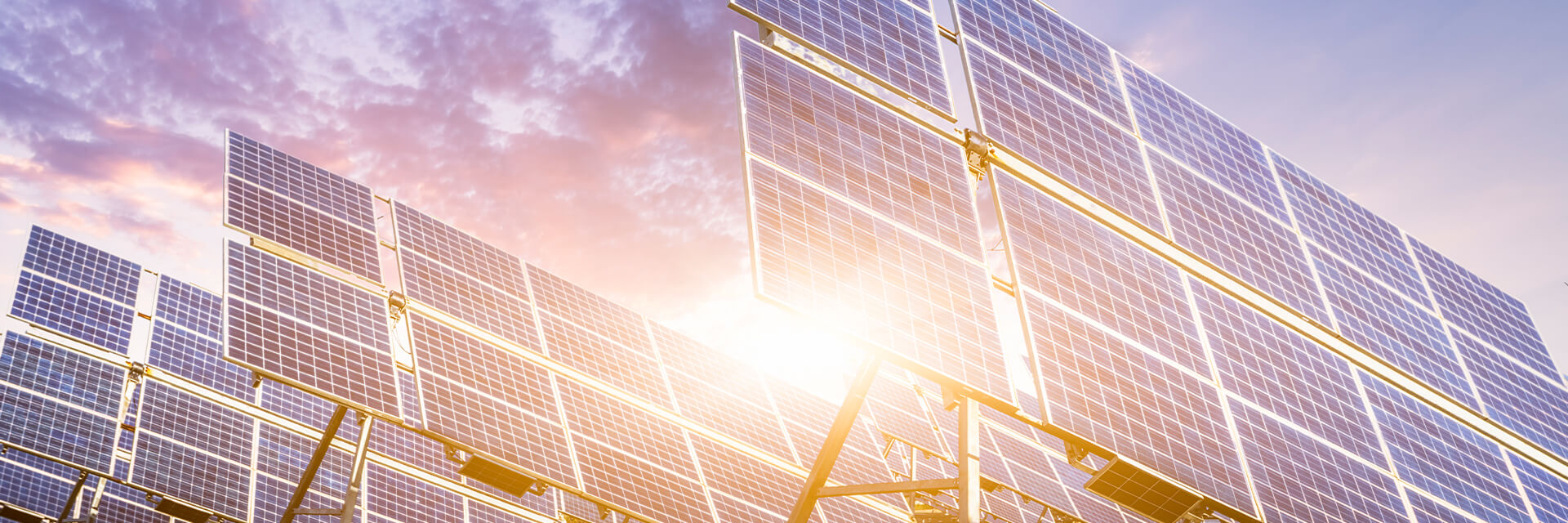
The Popular IRC Section 179D Tax Incentive Is Now Permanent
- Published
- Jan 29, 2021
- By
- King Cheng
- Topics
- Share
As part of the Consolidated Appropriations Acts, 2021 signed into law on December 27, 2020, the energy efficient commercial buildings deduction (IRC Sec. 179D) is now made permanent.
What Is IRC Sec. 179D?
IRC Sec. 179D is a popular tax incentive that provides building owners and eligible designers/builders the opportunity to claim a tax deduction of up to $1.80 per square foot for installing qualifying energy efficient systems and buildings. Tenants may be eligible if they make the construction expenditures. The tax deduction applies to both new construction and retrofits. Qualified buildings include:
- Commercial buildings, including warehouses and parking garages;
- Multifamily properties with four stories or more; and
- Government-owned buildings, such as public universities, libraries, etc.
To qualify, the energy efficient property must reduce the energy and power costs of a building located in the United States by 50% or more in comparison to the minimum requirements of ASHRAE Standard 90.1. If the 50% target saving is not met, the provision allows partial deduction of $0.60 per square foot for each of the following components:
- Interior lighting systems meeting a 25% saving;
- Heating, cooling, ventilation, and hot water systems meeting a 15% saving; and
- Building envelope meeting a 10% saving.
The deduction cannot exceed the cost of qualifying property. There are also alternative guidance for partially qualifying property of lighting systems known as “Permanent Rule” and “Interim Rule.”
If a deduction is allowed under IRC Sec. 179D with respect to the energy efficient property, the basis of such property will be reduced by the amount of allowed deductions.
Illustration of Potential Tax Saving from IRC Sec. 179D
An energy project costing $19,500,000 is completed for a commercial building with 600,000 square feet. Typically, the improvement is depreciated over 39 years and provides annual depreciation of $50,000. With the qualified IRC Sec. 179D deduction, additional depreciation can be taken in the year that the energy efficient property is placed in service, resulting in significant benefit to the taxpayers:
600,000 sq ft x $1.80 benefit rate = $1,080,000
The basis of the energy efficient property will reduce by $1,080,000, and the remaining basis of $18,420,000 will be depreciated over 39 years.
Certification Requirements
In order to qualify for the deduction, the energy efficient property must receive proper certification by licensed engineers or contractors as meeting various energy efficiency standards. The qualified individuals will perform field inspections in accordance with guidelines from the National Renewable Energy Laboratory (“NREL”) and calculate the energy and power cost savings with software approved by the Department of Energy.
Government-Owned Buildings and Eligible Person
For energy efficient property installed on or in buildings owned by a federal, state, or local government, the deduction can be allocated to the person primarily responsible for the property’s design. Eligible persons include designers, architects, engineers, contractors, or energy consultants. The person needs to secure an allocation letter that allows the government entity to transfer the benefit.
How To Claim IRC Sec. 179D
Taxpayers can take the IRC Sec. Sec 179D deduction in the current tax year if they receive the proper certification and/or allocation letter at the time of tax filing.
There are different filing requirements to take the deduction for the energy efficient property placed in service in prior years.
Building owners may use Form 3115, Change in Accounting Method, to retroactively take the deduction in a current year tax filing.
On the other hand, eligible designers or builders of government-owned buildings have to amend their tax returns in order to take the deduction. Hence, they can only file for open tax years, generally three years from the date of filing.
Latest Update on Energy Efficiency Standards
Besides being made permanent, another significant update to IRC Sec. 179D is the new criteria on energy efficiency standards.
For property placed in service on or before December 31, 2020, the energy costs savings were determined according to the ASHRAE Standard 90.1-2007. The Consolidated Appropriations Acts, 2021 updated the reference standard to the most recent ASHRAE
What's on Your Mind?
Start a conversation with King
Receive the latest business insights, analysis, and perspectives from EisnerAmper professionals.












